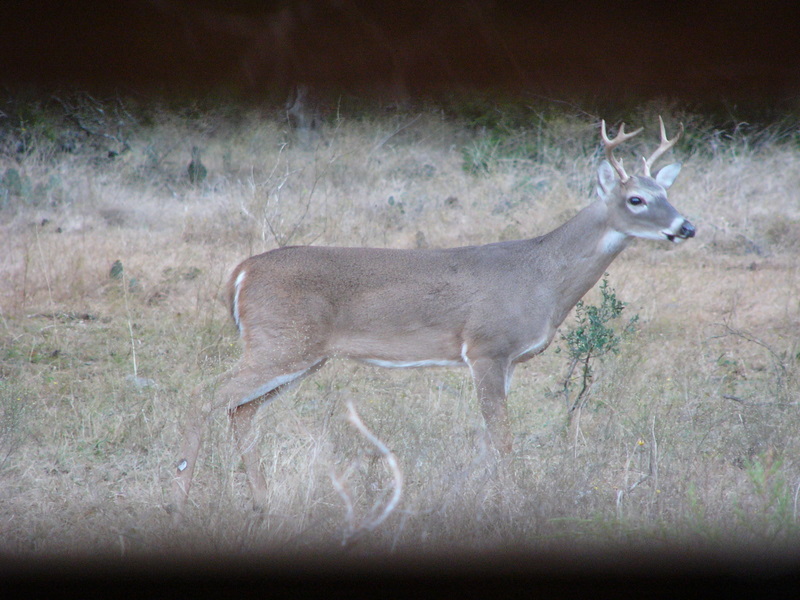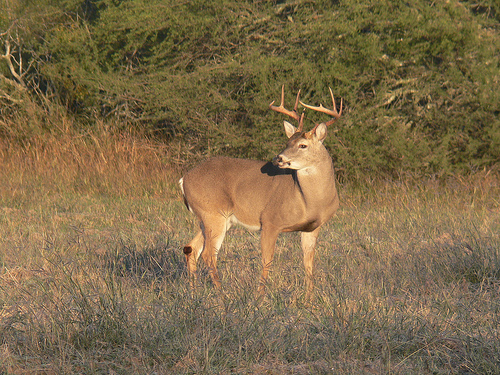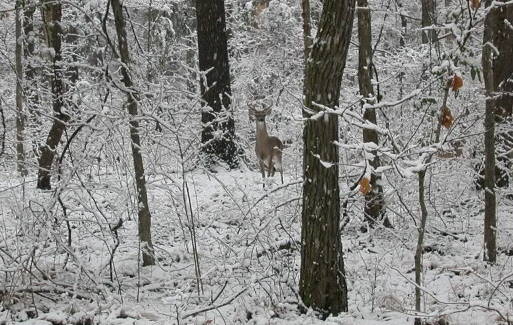Every deer hunter has heard stories of white-tailed bucks locking antlers while fighting during the rut, but few have actually seen locked-up bucks. Fewer hunters have the photos to prove it — not that we would question the authenticity of some of the seemingly outlandish deer hunting stories heard around a campfire. But for landowners and hunters engaged in deer management practices it’s always difficult to see deer die of natural causes, especially quality bucks. We understand that most natural deaths in deer, including fighting to the death, is a grueling, drawn out process. But it happens before, during, after the rut, and throughout the year.
All of the deer population and habitat management in the world will not stop two bucks from trying to kill each other for breeding rights to a receptive doe. After all, bucks fight for the right to pass on their genes to the next generation of deer, and hopefully the buck with the best genes wins. And they typically do, because that’s the way nature works. But sometimes neither buck walks away. Were they each undeserving? Continue reading “Two Bucks Lock Antlers”




